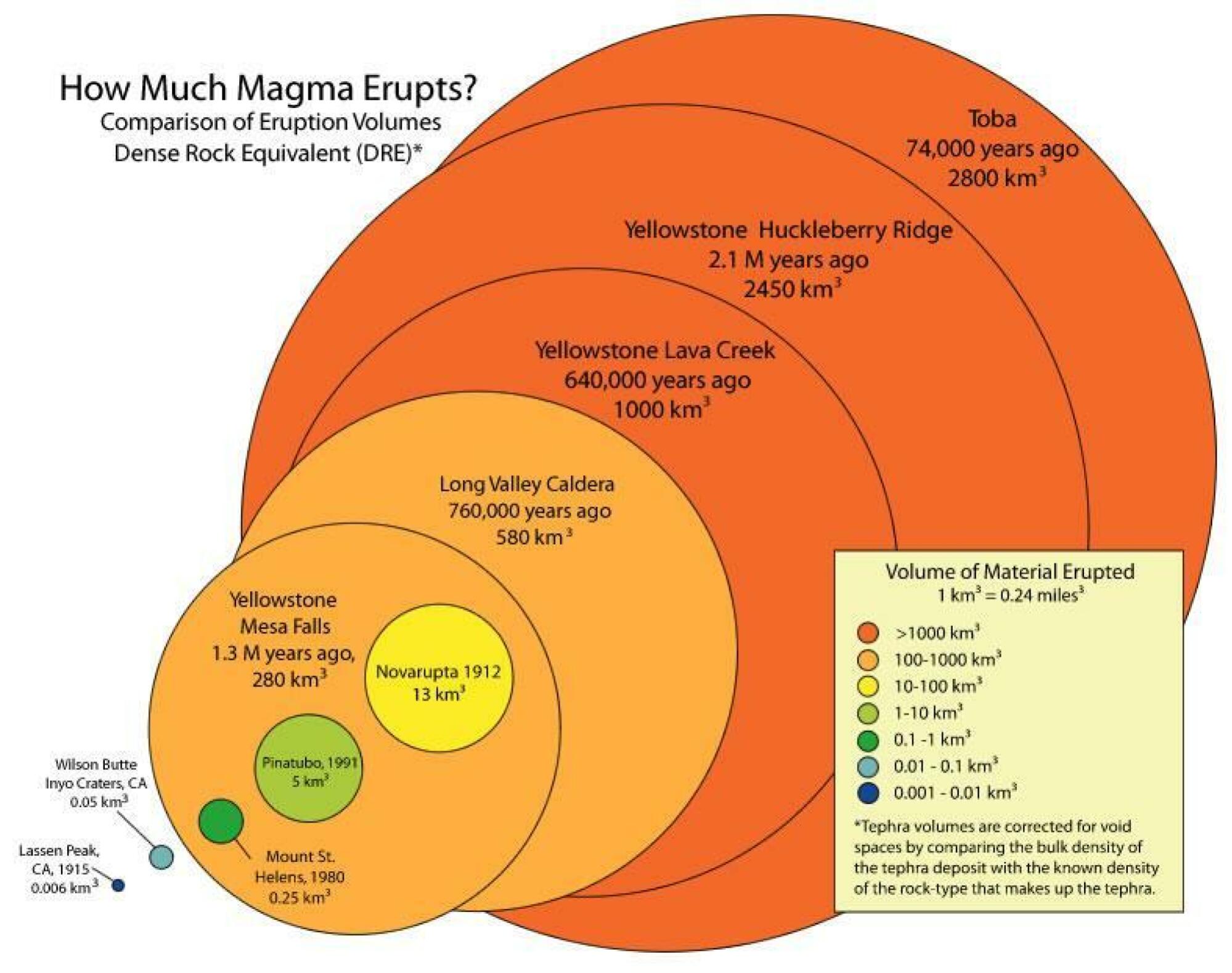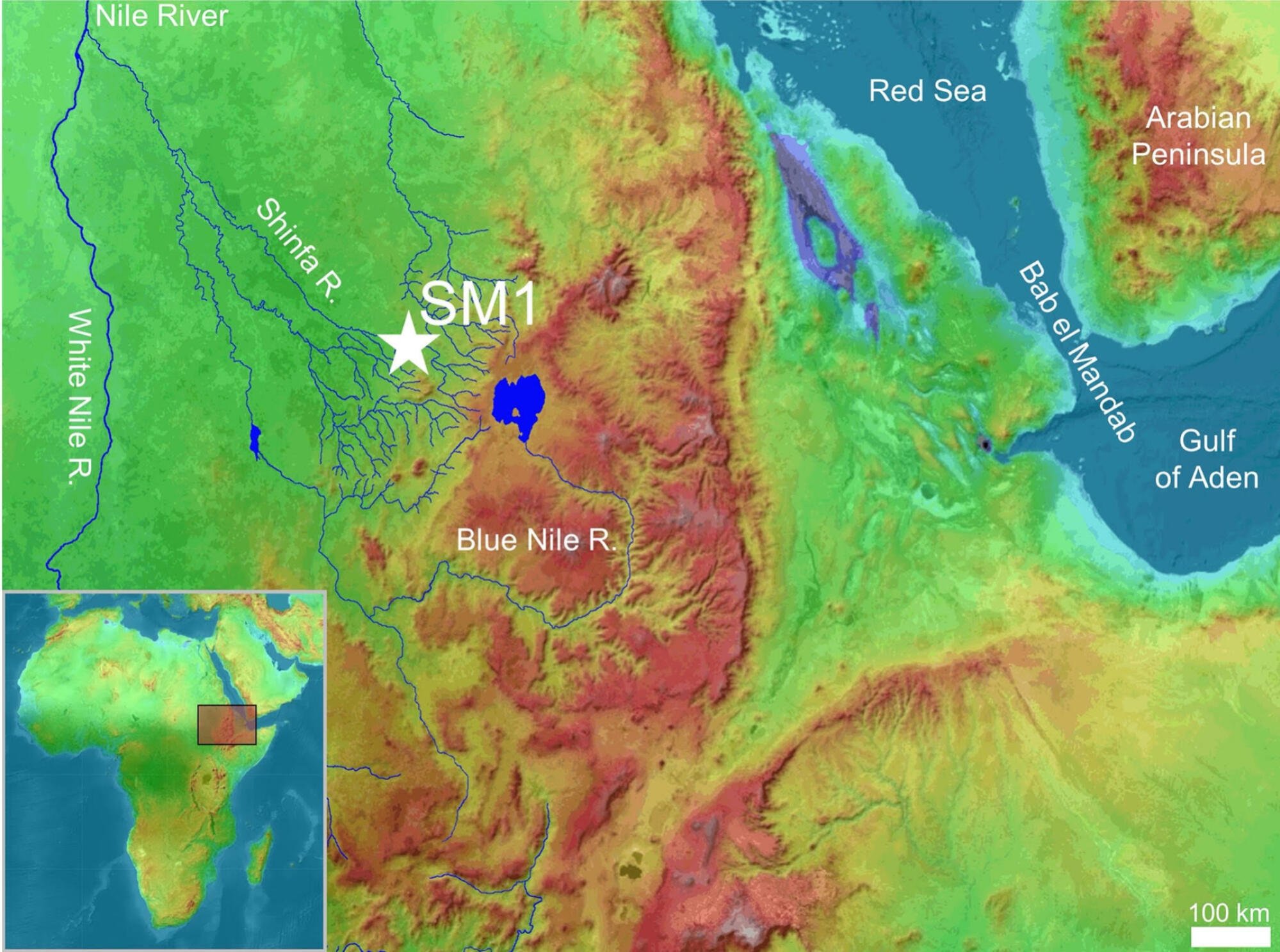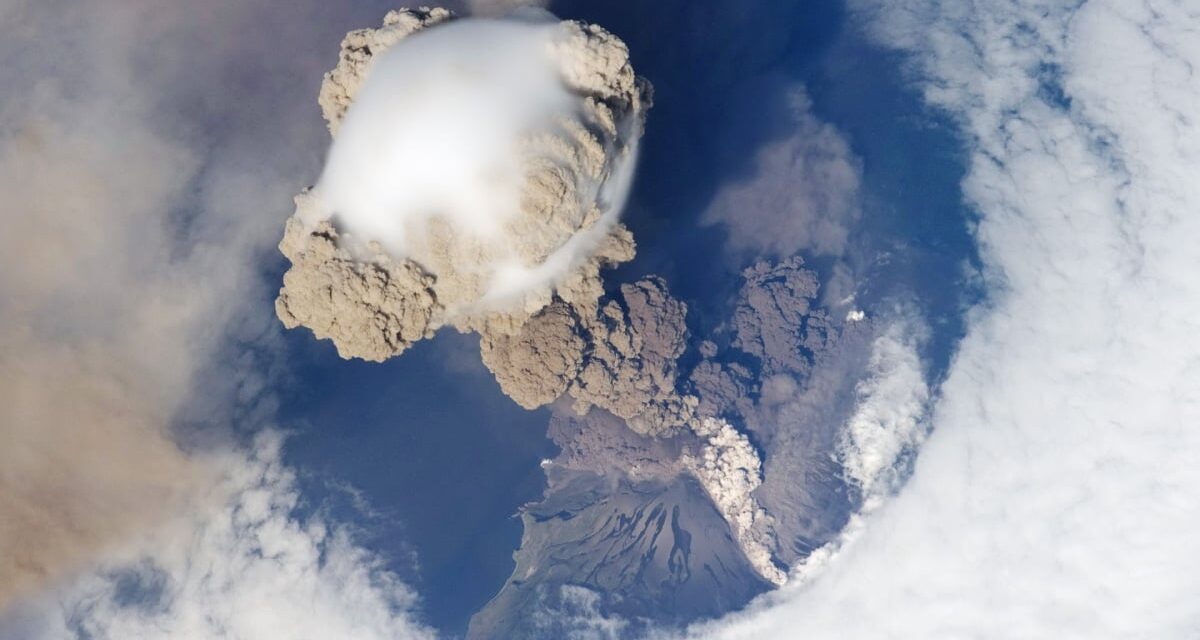Thankfully, it’s rare for supervolcanoes to erupt — the last one exploded 26,500 years ago.
Yet even when such a potent geologic event happens again (there’s no sign of any supervolcanoes like Yellowstone stirring, and we’d have at least many years of volcanic notice), different lines of evidence suggest global catastrophe wouldn’t ensue. Humanity wouldn’t be imperiled, though you’d certainly want to avoid being anywhere near the blast.
Recent NASA research concluded that a super-eruption, which erupts over 240 cubic miles (1,000 cubic kilometers) of magma and injects sun-blocking gases into the atmosphere, would have a temporary and moderate cooling effect on Earth — not a deep, cold volcanic winter that would devastate the global food chain. And now, a new study shows that after an especially powerful supervolcano eruption some 74,000 years ago (the largest in the last 2 million years), foraging humans in modern-day Ethiopia survived.
A group of scientists ventured to a pre-historic site along Ethiopia’s Shinfa River, a place teeming with ancient arrowheads, mammal bones, fish remains, and evidence of past fires. Crucially, tiny shards of volcanic glass are sprinkled around the site, which chemically-match output from the Toba volcano, which erupted in modern-day Sumatra, Indonesia, 74,000 years ago.
The mighty eruption, thousands of miles away, did appear to alter the environment in this region of Africa, as the site (called Shinfa-Metema 1), shows evidence of prolonged dry seasons after the volcanic blast. But as water holes dried up, early humans adapted. The researchers argue that these people didn’t simply survive, but their need to seek out new water for hunting and fishing opportunities could have helped propel one of the human movements, or dispersals, out of Africa.
Mashable Light Speed
“As people depleted food in and around a given dry season waterhole, they were likely forced to move to new waterholes,” John Kappelman, an anthropologist and earth scientist at The University of Texas at Austin who led the research, said in a statement. “Seasonal rivers thus functioned as ‘pumps’ that siphoned populations out along the channels from one waterhole to another, potentially driving the most recent out-of-Africa dispersal.”
The research was published in the science journal Nature.

A visualization showing the scale of different volcanic eruptions. The largest orange circle shows the Toba super-eruption from 74,000 years ago.
Credit: USGS

The Shinfa-Metema 1 site where humans survived 74,000 years ago following the eruption of the Toba volcano.
Credit: The University of Texas at Austin
Some 74,000 years ago, these people were able to adapt to fish when necessary, or use expertly carved projectile points to hunt antelope and other critters with bows and arrows. Post-eruption, the natural environment certainly posed challenges, but didn’t nearly collapse.
According to the separate research from NASA, a super-eruption would indeed blast an enormous amount of sun-reflecting sulfur-dioxide droplets into Earth’s atmosphere, but these many droplets would then amass together. Crucially, the larger particles are less efficient at reflecting sunlight compared to smaller particles — because there’s less surface area for sunlight to reflect off of. What’s more, the sulfur particles also trap heat radiating off Earth — similar to the greenhouse gases currently driving climate change. So while some solar radiation is being blocked, radiation emanating from our planet is also being absorbed, which causes a temporary warming effect.
Consequently, a prolonged and freezing volcanic winter wouldn’t ensue. The mounting evidence shows it’s unlikely that volcanoes would wipe out humanity.
“We can be confident of this because there have been two massive explosions while humans were present on Earth, and both of these were actually larger than Yellowstone’s most recent cataclysmic eruption,” the U.S. Geologic Survey explained. “These eruptions were from Toba, Indonesia, about 74,000 years ago and from Taupo, New Zealand, about 26,500 years ago.”





